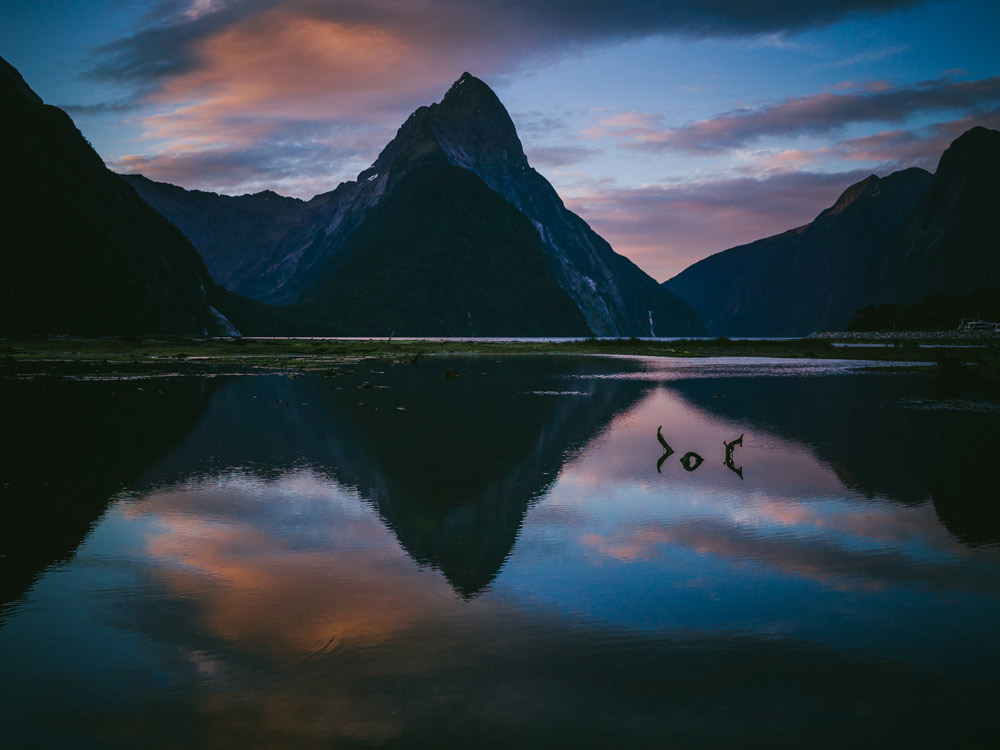Subantarctic islands guide
Our Sub Antarctic Islands travel guide takes you through the Antipodes to help you make the most of your time by way of our interactive map of Subantarctic Islands highlights that features everywhere from New Zealand to Macquarie Island.






























